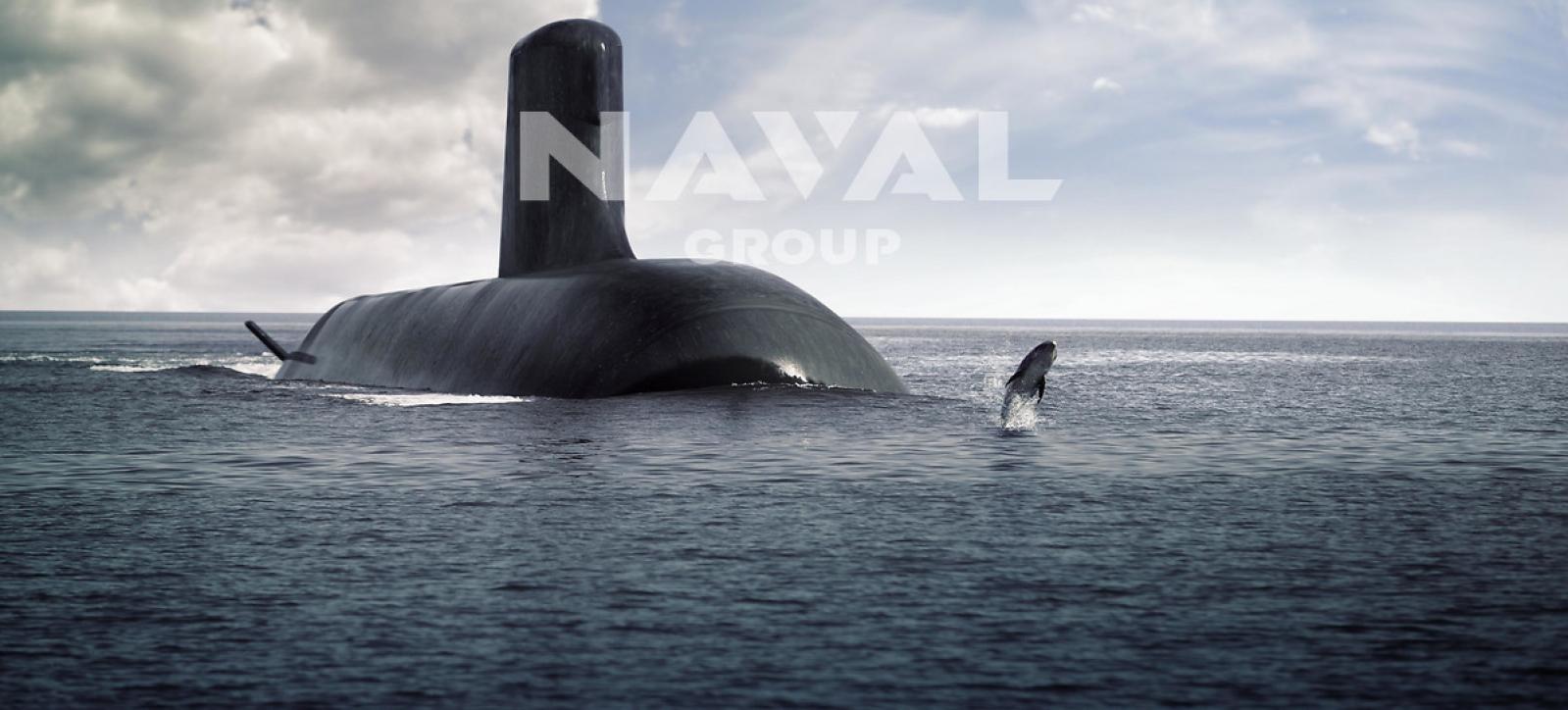A study¹ performed by the FRS (Foundation for Strategic Research) underlines the importance of the industrial sector for the credibility of the oceanic component of the French nuclear deterrent, in terms of technological potential, competencies but also economic activities and jobs. To place this study into its context, it is useful to first recall the basics of this area.. In 1972, the ballistic missile submarine (SSBN) Le Redoutable set off on its first oceanic patrol. This event represented France’s acquisition of a new deterrence component intended to strike "second", for example in response to a massive strike on French territory, as a complement to the airborne and land-based components. Since then, the deterrence capacities have gone through political, doctrinal (2) or physical changes but always in accordance with the principles of deterrence to protect France’s territorial integrity against any attacks. These principles are independence, freedom of action and strict sufficiency, meaning that deterrence is at its lowest level possible in view of the strategic context. The current processes for the renewal of these forces are in line with this approach.
Ensuring the sustainability of the nuclear déterrent The White Paper of 2013 on defence and national security and the Military Programme Law 2014-2019 have reaffirmed the central position of the oceanic component. The White Paper defined a step towards the 2025 armed forces model with the pursuit of the modernisation of the two deterrence components and the preparation of their renewal. On the one hand, the adaptation of two of the four 2nd generation SSBNs for the use of the M51 missile and, on the other hand, the start of work to design the 3rd generation SSBN intended to replace them beyond 2030 and the development of the future version of the M51.3 missile. This work follows on from the preliminary studies of the so-called FMOD (future oceanic deterrence system). The challenge is to ensure the upkeep of the deterrence capacities, and therefore their credibility, over the period 2030-2080.  Independence and autonomy of design, production, deployment and maintenance of the deterrence capacity The industrial sector, with DCNS as prime contractor, has an essential role in maintaining the scientific, technological and industrial potential that has for the last 5 decades allowed France to form part of the restricted circle of States possessing the capacity to design, produce and operate SSBNs. The White Paper of 2013 described this as follows: ‘‘This is a prerequisite to guaranteeing the supply security of sovereignty capacities and critical weapons systems, and their modification to suit operational needs’’.
Independence and autonomy of design, production, deployment and maintenance of the deterrence capacity The industrial sector, with DCNS as prime contractor, has an essential role in maintaining the scientific, technological and industrial potential that has for the last 5 decades allowed France to form part of the restricted circle of States possessing the capacity to design, produce and operate SSBNs. The White Paper of 2013 described this as follows: ‘‘This is a prerequisite to guaranteeing the supply security of sovereignty capacities and critical weapons systems, and their modification to suit operational needs’’.
- In the 1960s: nuclear-related appropriations represent a little over 50% of appropriations or 0.17% of GDP (historical high point)
- In the 1980s-1990s: 30%
- 2001: 18% (low point)
- 2001-2015: increase to 21-23% in relation to the new M51 missile and the construction of the SSBN Le Terrible in the version M51.1 + the adaptation ROH
¹Study published in October 2016, http://www.frstrategie.org/competences/defense-et-industries/doc/impact-economique-de-la-filiere-industrielle-composante-oceanique-de-la-dissuasion/ ²Discontinuation of the surface/surface component then reduction of the oceanic (downsized from 6 to 4 SSBNs) and airborne forces ♦Read the second episode, The SSBN, "a system of systems"

